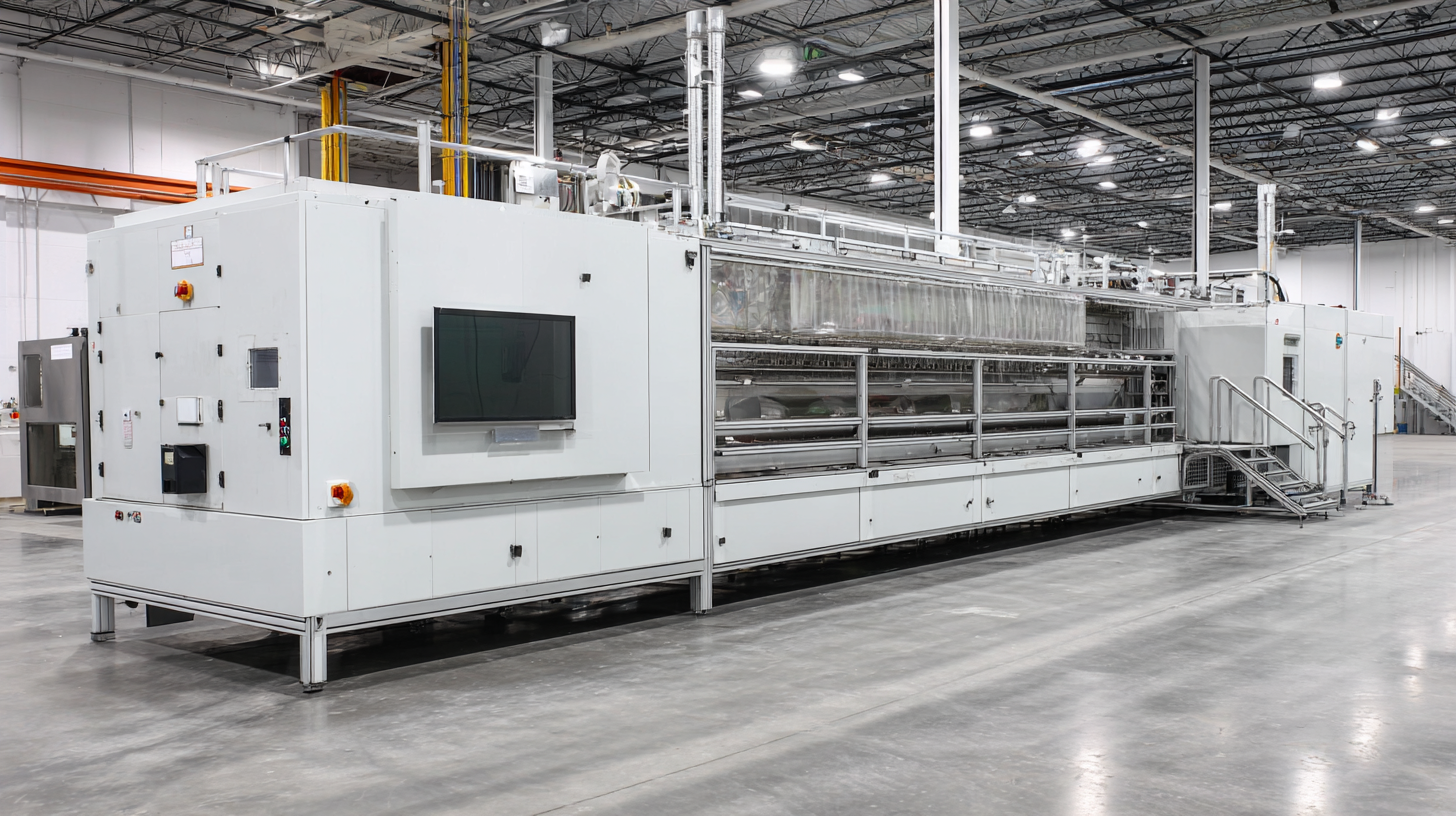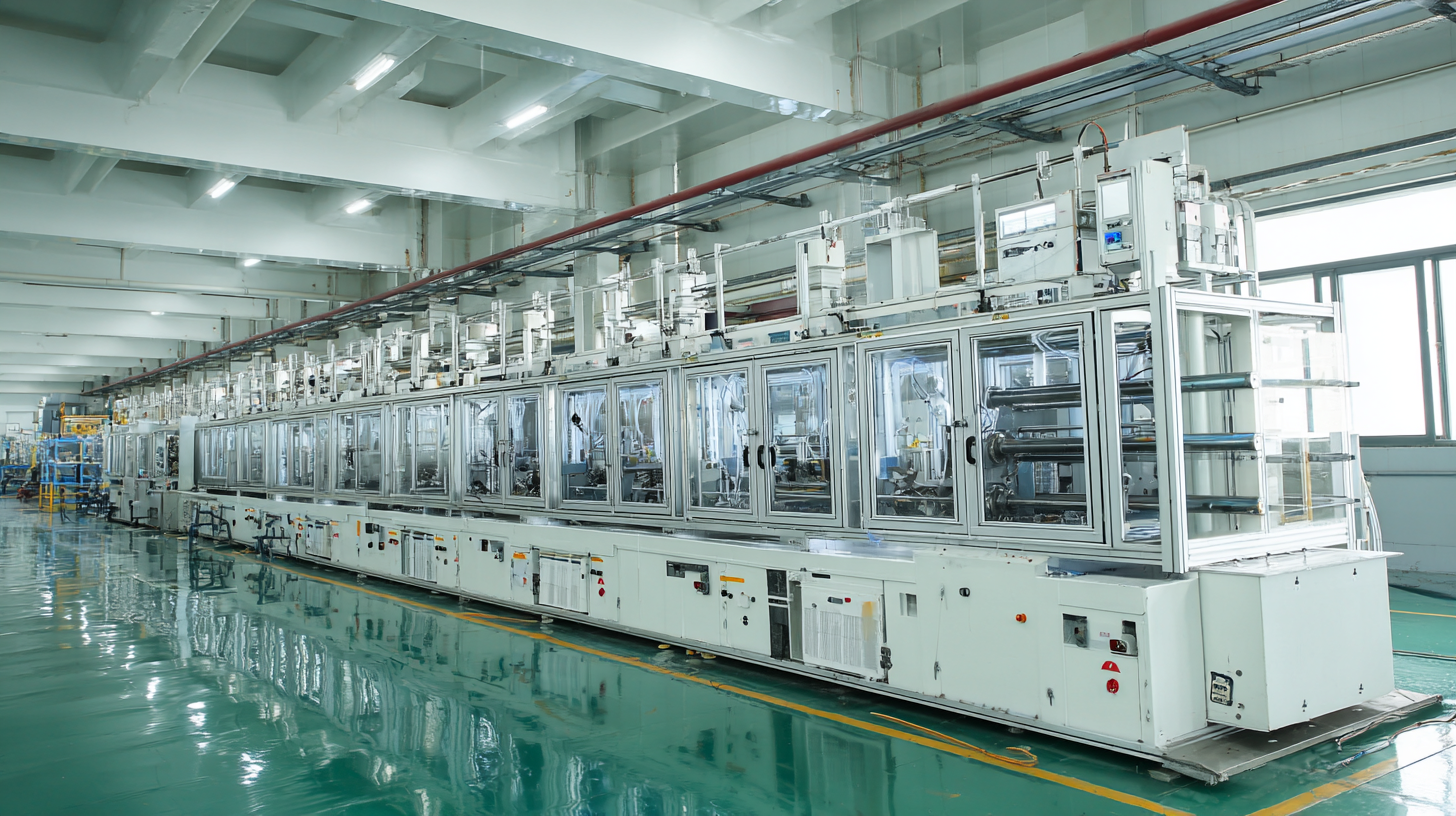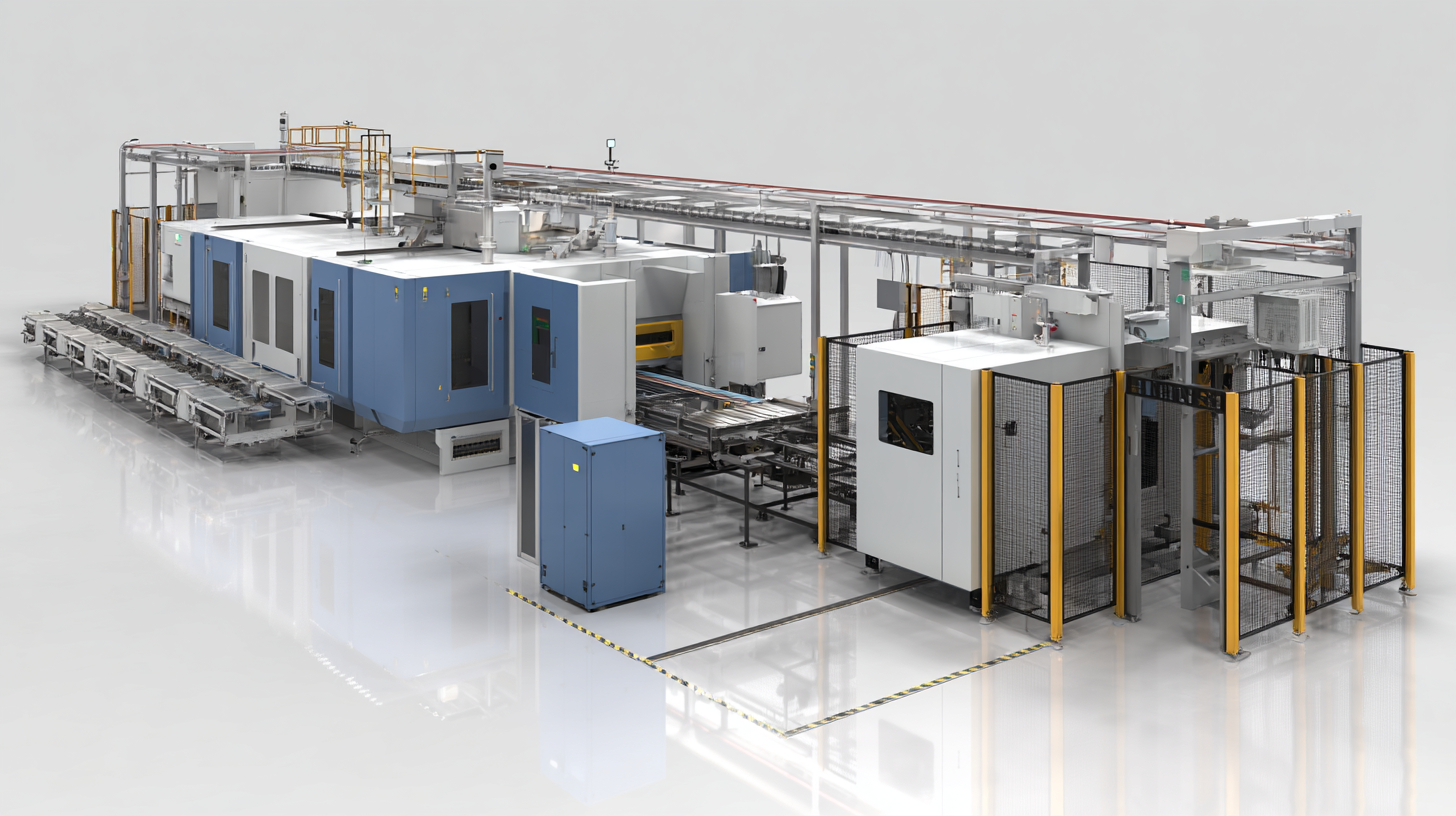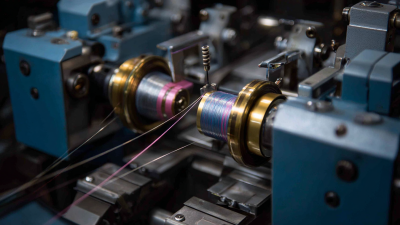In today's competitive manufacturing landscape, optimizing production efficiency is paramount for success. The advent of Automatic Spray Coating Machines has revolutionized the coating processes across various industries, providing unparalleled speed and precision. According to a report by MarketsandMarkets, the global market for spray coating technology is projected to reach $34.1 billion by 2025, growing at a CAGR of 4.8%. This growth is largely driven by the demand for automated solutions that enhance quality while reducing labor costs and production time.

By integrating Automatic Spray Coating Machines into their operations, manufacturers can significantly increase throughput and maintain high standards of finish, thus positioning themselves favorably in a fast-evolving marketplace. The insights and data presented will explore effective strategies for leveraging this technology to maximize production efficiency and drive business growth.
Automatic spray coating machines have revolutionized the manufacturing and automotive industries, providing significant benefits in terms of efficiency and finishing quality. These machines utilize advanced technology to deliver a uniform coat, reducing waste and ensuring that every surface is adequately covered. The result is not only a visually appealing finish but also enhanced durability of the coated products.

One of the key advantages of automatic spray coating is the minimization of labor costs. By automating the application process, companies can allocate their resources more effectively and minimize the potential for human error. Additionally, similar to the emerging trend in infrared curing systems, automatic spray coating machines can also offer shorter processing times, leading to increased output and quicker turnaround for production lines.
Tips for Utilizing Automatic Spray Coating Machines:
Evaluating production efficiency is crucial for businesses utilizing automatic spray coating machines. Key performance metrics such as cycle time, material usage, and equipment uptime can provide valuable insights into the effectiveness of the coating process. Monitoring cycle time helps identify delays, enabling operators to streamline workflows. Tracking material usage ensures that resources are utilized optimally, reducing waste and costs.
Tips: Regularly analyze cycle times and set benchmarks for improvement. Consider investing in sensors that can monitor and report material usage in real-time, allowing for immediate adjustments.
Another vital metric is equipment uptime, which measures the operational availability of machines. High uptime indicates efficient production runs; however, frequent downtimes can signal underlying issues. By conducting regular maintenance and implementing preventive strategies, manufacturers can enhance their machine reliability.
Tips: Schedule routine maintenance checks and invest in training for operators to minimize human errors. Using predictive maintenance tools can also help forecast potential issues before they disrupt production.
Integrating automatic spray coating machines into your production line can significantly enhance production efficiency and product quality. According to industry research, companies that adopt automated coating processes can reduce operational costs by as much as 30%, leading to a more competitive market position. This is particularly evident in sectors like pharmaceuticals, where film coating is the final step in manufacturing solid dosage forms. Efficient film coating not only ensures the aesthetic quality of the product but also plays a vital role in the drug's performance and stability.
Incorporating these advanced technologies requires strategic planning. Facilities should conduct a thorough analysis of current workflows to identify bottlenecks and assess how spray coating machines can seamlessly fit into the process. Data suggests that proper integration methods, such as modular setup and real-time quality monitoring, can result in a 40% increase in throughput. Furthermore, as industries strive for more sustainable practices, the latest developments in spray coating technology allow for improved material usage and waste reduction, aligning efficiency with environmental responsibility.
The automation of spray coating processes comes with its own set of challenges that require thoughtful solutions. As industries increasingly lean towards automation to enhance production efficiency, common issues such as inconsistent coating quality, equipment maintenance, and operational integration need to be addressed. A recent report indicates that the global electronic plating market is projected to grow significantly, driven by the rising demand for specialized coatings in industries such as automotive and electronics. Addressing these challenges through effective automation strategies can streamline operations and reduce downtime.
Furthermore, innovative automatic spray coating machines are paving the way for enhanced productivity. For instance, advanced technologies are allowing for better precision and control, resulting in a more uniform application, minimizing waste, and optimizing resource use. The introduction of new spray agents, such as nano-level coatings, is poised to further disrupt traditional markets, enhancing corrosion resistance and longevity of the coated products. As the market continues to evolve, it is essential for manufacturers to adapt quickly, embracing both technological advancements and innovative solutions to stay competitive in the rapidly changing landscape.

In today’s competitive manufacturing landscape, leveraging data trends is essential for optimizing coating processes.
Automatic spray coating machines can significantly enhance production efficiency, but understanding how to interpret and analyze the data these machines generate is key. This insight allows manufacturers to fine-tune their coating applications, reduce material waste, and improve overall product quality.
Tip: Regularly monitor the data output from your coating machines. Look for trends in application thickness, coverage uniformity, and overspray. By tracking these metrics, you can identify patterns that affect your overall efficiency and make informed adjustments to your processes.
Incorporating advanced data analytics into your spraying operations can substantially increase productivity. Identifying peak operation times and correlating them with the machine's performance can help optimize scheduling and resource allocation. Continuous analysis and adaptation will lead to not only efficient coating but also significant cost savings.
Tip: Implement predictive maintenance based on data analytics. By analyzing machine performance data, you can predict when a machine requires maintenance, reducing downtime and ensuring consistent coating application throughout your production runs.






